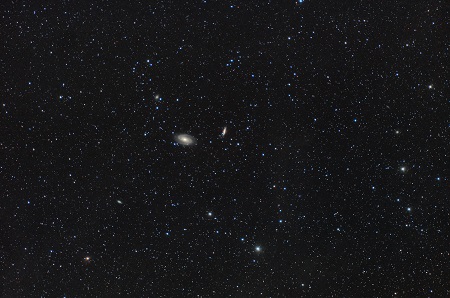Setting eyes on the dark side of the universe - updated

date: 09/11/2015
Project: Fine Observations of the Rate of Cosmic ...
acronym: FORCE
See also: CORDIS
Early in the twentieth century, Einstein revolutionised our understanding of fundamental physics by concluding that mass can warp the very fabric of space and time. Using a powerful new astronomical technique called gravitational lensing, astronomers can directly observe the way in which the light from very distant galaxies is bent as it passes through large structures of matter in the universe.
With her FORCE project, Dr Heymans uses this light-bending effect to map the invisible dark matter in the universe. She collected the most comprehensive data from one of the world-leading surveys of the universe: the Canada-France-Hawaii Telescope Lensing Survey (CFHTLenS). When analysing the deep astronomical imaging, Dr Heymans and her team looked at the light from over ten million galaxies, some six billion light years away. Their images provided a very first glimpse of the intricate cosmic web of dark matter and galaxies, spanning more than one billion light years across.
